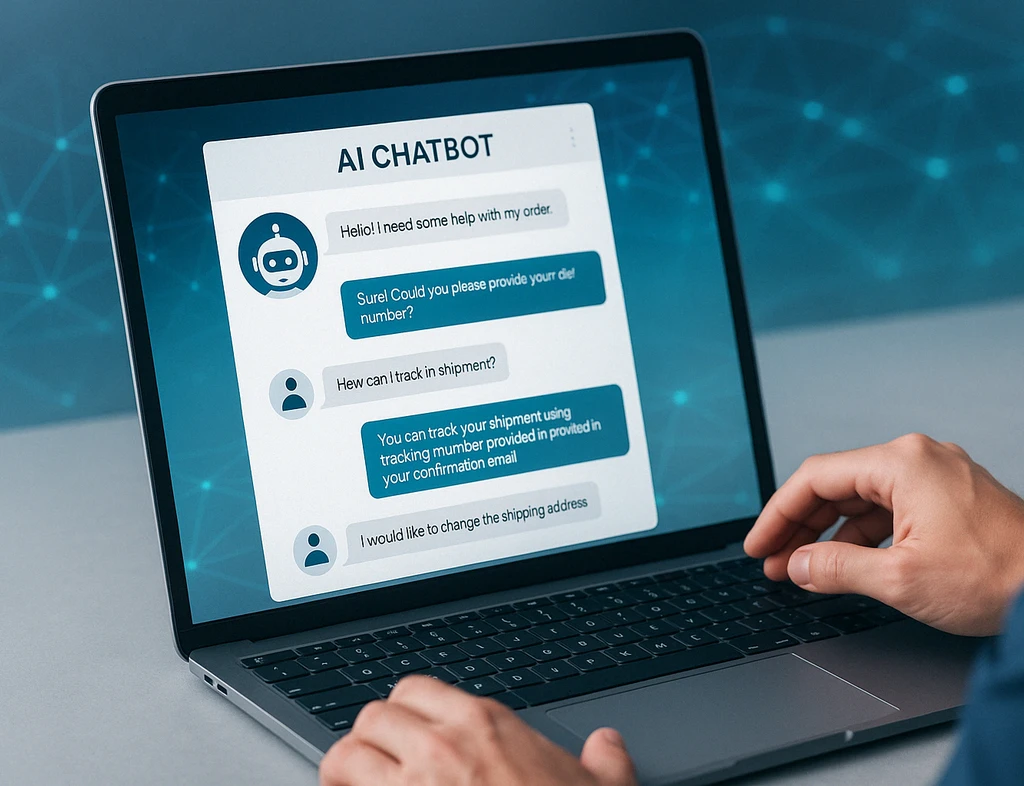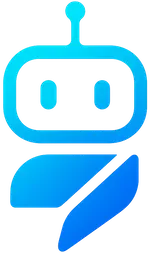From Theory to Practice: How to Successfully Implement Your Chatbot
A practical guide for the successful implementation of AI chatbots in your business - from planning to measuring success.

The Journey from Concept to Successful Chatbot Implementation
After exploring the impressive benefits of AI chatbots for customer experience in our previous article, the question arises: How do you successfully bring a chatbot from concept to practice? In this guide, we'll show you the critical steps to consider.
Phase 1: Strategic Planning
Before diving into technical implementation, a thorough planning phase is crucial for success.
Define Clear Objectives
What should your chatbot specifically achieve? Some typical goals include:
- Reducing support team workload for frequently asked questions
- Shortening response times for customer inquiries
- Increasing conversion rates through proactive assistance
- Improving customer satisfaction with 24/7 availability
- Reducing support costs while maintaining or improving service quality
Identify Key Use Cases
Analyze your customer interactions and identify patterns:
- Which questions are asked most frequently?
- Which processes could be simplified through automation?
- Where are the most friction points in the customer journey?
Analyzing support tickets, chat logs, and customer surveys can provide valuable insights. Prioritize use cases based on frequency and potential impact.
Phase 2: Technical Implementation
Choose the Right Chatbot Platform
Selecting the right technology is crucial. Consider the following factors:
- Chatbot Type: Rule-based, AI-powered, or hybrid?
- Integration Options: Does the chatbot need to communicate with existing systems (CRM, ticketing, etc.)?
- Language Support: Which languages need to be supported?
- Scalability: Can the solution grow with your business?
- Cost: One-time vs. ongoing costs, return on investment
Our own chatbot offers all these features with particularly easy integration and is optimized for small and medium-sized businesses - and it's completely free.
Structure Chatbot Content
A chatbot's success heavily depends on the quality of its content:
- Create a knowledge base with answers to frequently asked questions
- Develop conversation flows for typical customer concerns
- Formulate natural dialogue patterns that match your brand voice
- Build fallback strategies for situations where the bot can't help
A well-designed decision tree helps your chatbot correctly classify customer inquiries and respond appropriately.
Integration into Your Existing IT Infrastructure
For a seamless user experience, your chatbot should be integrated into your existing systems:
- Website or app
- CRM system
- Ticketing system
- Product database
- Payment providers (if relevant)
An API-based architecture enables flexible integration and easy scalability.
Phase 3: Testing and Optimization
Conduct Comprehensive Testing
Before making your chatbot available to the public, conduct thorough testing:
- Internal Testing: Have employees from different departments interact with the chatbot
- Usability Testing: Observe how real users interact with the bot
- Load Testing: Ensure the chatbot functions reliably even under high traffic
- Integration Testing: Verify communication with other systems
Collect feedback and make necessary adjustments before fully deploying the chatbot.
Start with a Pilot Project
A gradual rollout minimizes risks:
- Limit the initial launch to a specific customer segment or department
- Clearly communicate that it's a chatbot (no deception attempts)
- Ensure human support is available when the bot reaches its limits
A pilot project provides valuable data for further optimization and makes the transition smoother for your team and customers.
Phase 4: Measuring and Iterating
Define Relevant KPIs
To measure the success of your chatbot, you need clear metrics:
- Usage Statistics: Number of conversations, average conversation duration
- Success Rates: Percentage of successfully completed requests without human intervention
- Customer Satisfaction: Feedback after chatbot interactions
- Operational Efficiency: Reduction in ticket volume, time savings for support staff
- ROI: Cost savings compared to traditional support channels
Continuous Improvement
A chatbot is not a "set it and forget it" solution:
- Regularly analyze chatbot logs to identify areas for improvement
- Expand the knowledge base based on new frequently asked questions
- Optimize dialogue flows based on user behavior
- Stay up-to-date with new technologies and possibilities
The more data your chatbot collects, the more intelligent and effective it becomes.
Case Study: Successful Implementation at an E-Commerce Retailer
A medium-sized online retailer for electronics products implemented an AI chatbot with the following results:
- Initial Situation: Overwhelmed support team, long response times, frustrated customers
- Implementation: AI chatbot for product recommendations, order status, and common support inquiries
- Results after 6 Months:
- 65% reduction in support tickets
- Response time reduced from an average of 24 hours to under 1 minute
- Customer satisfaction increased by 35%
- 12% increase in conversion rate through proactive product recommendations
- ROI: 300% within the first year
Conclusion: The Path to a Successful Chatbot
The successful implementation of a chatbot requires careful planning, technical expertise, and continuous optimization. Through a structured approach, you can not only improve customer satisfaction but also reduce operational costs and give your team more time for complex tasks.
The key is to view your chatbot as a continuously evolving digital employee that, with proper care, becomes increasingly valuable to your business.
Start Your Chatbot Journey Today - For Free
With our user-friendly solution, you can create and integrate your own AI chatbot in just a few minutes - without hidden costs or limitations.
